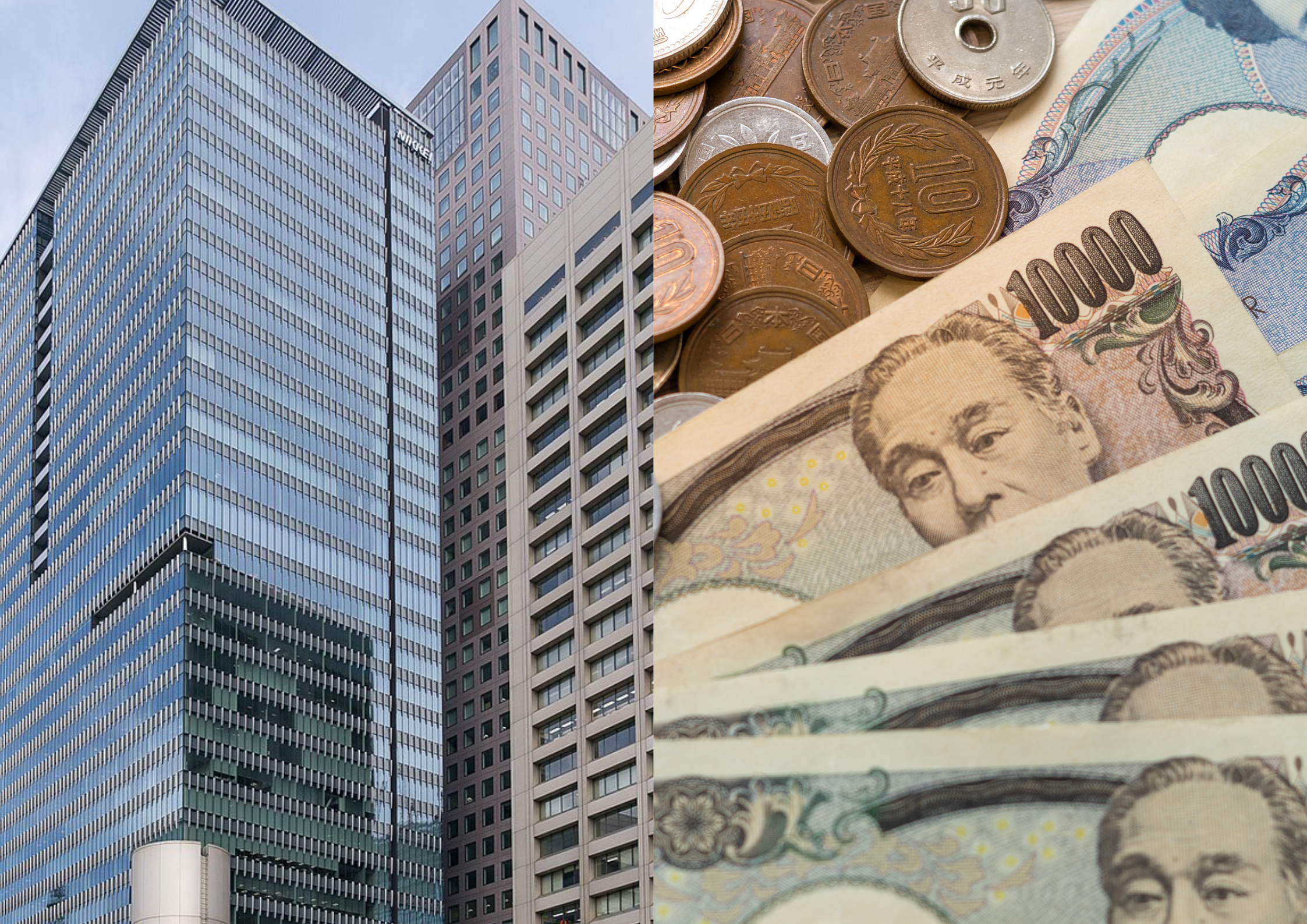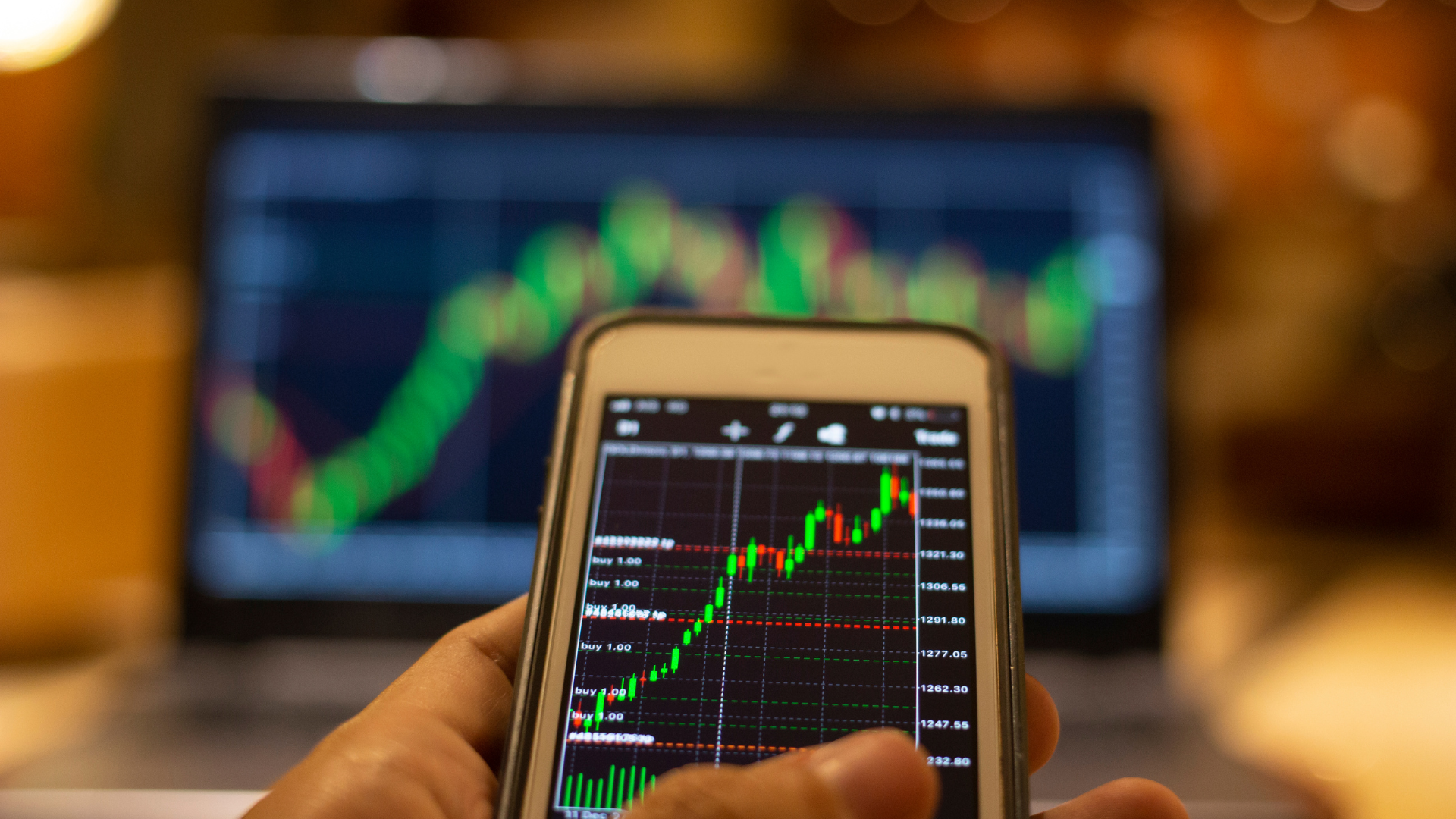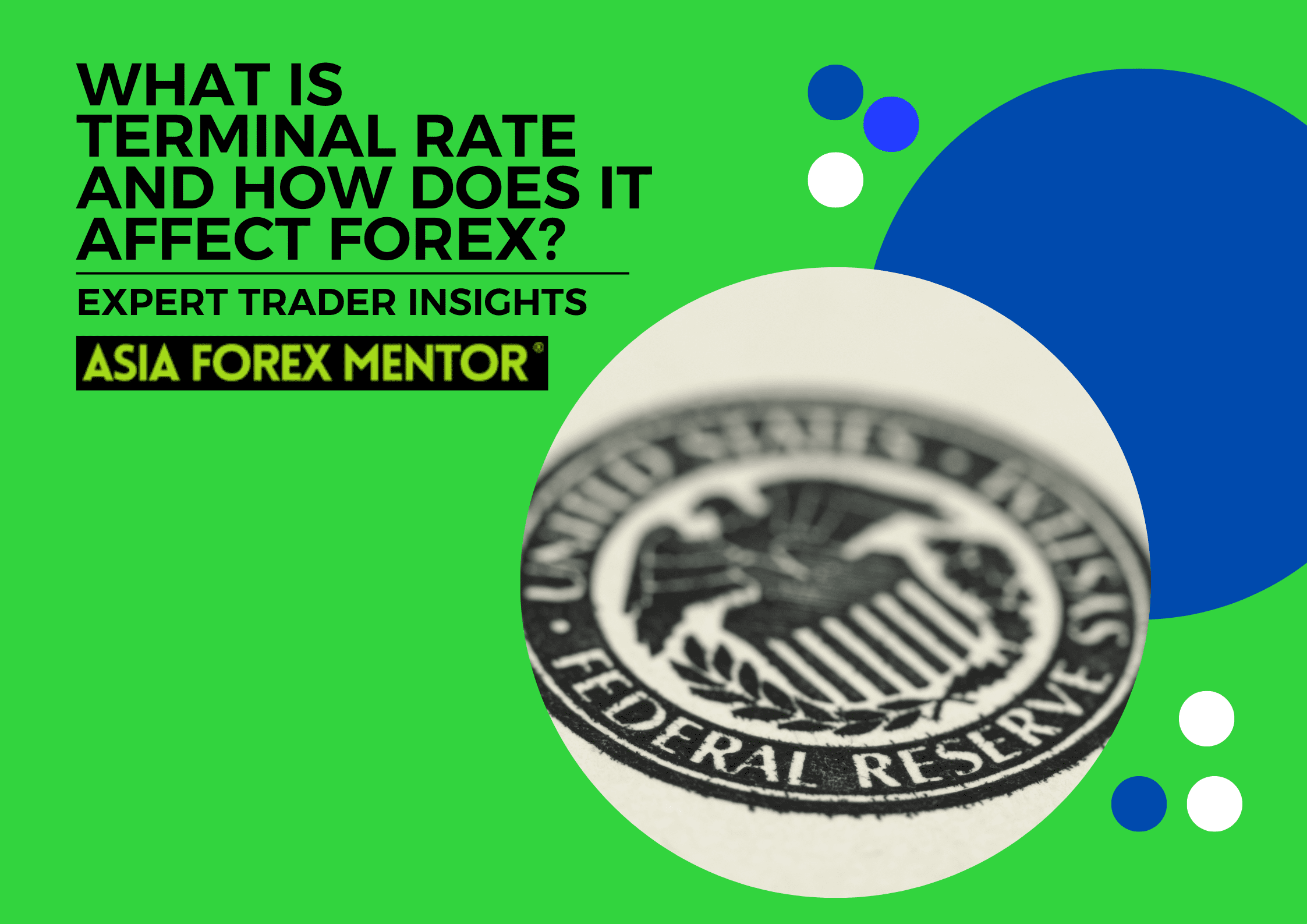
The U.S. dollar soared to a near 38-year high against the yen on Tuesday, driven by surging Treasury yields and increasing speculation about a potential second Donald Trump presidency. This currency shift, reflecting investor sentiment about future U.S. economic policies, had widespread ripple effects across global markets.
Nikkei Breaks 40,000 as Yen Weakens
The weakening yen was a boon for Japan’s stock market, lifting the Nikkei above the psychologically significant 40,000 mark for the first time in three months. This movement positioned the Nikkei as an outlier in Asia, where other regional markets struggled. The yen’s depreciation raised trader concerns about potential Japanese government intervention, particularly after past efforts to stabilize the currency.
Japanese Finance Minister Shunichi Suzuki maintained a vigilant stance on currency markets but did not reiterate a previous warning about potential intervention. This emboldened traders to test the Ministry of Finance’s commitment to supporting the yen. “The path of least resistance is therefore further gains in USD/JPY,” remarked Carol Kong, strategist at Commonwealth Bank of Australia.
Treasury Yields Surge Amid Trump Presidency Speculation
Investor expectations of a Trump victory in the next presidential election fueled a significant rise in Treasury yields. The benchmark 10-year Treasury yield jumped nearly 14 basis points to 4.479%, reflecting concerns over potential inflationary policies under a Trump administration. “Bond traders have an eye on Trump’s increasing odds of taking the White House, and the market senses Trump 2.0 will be inflationary,” explained Chris Weston, head of research at Pepperstone.
This yield surge was catalyzed by President Joe Biden’s lackluster debate performance and a Supreme Court ruling granting Trump broad immunity from prosecution related to his attempts to overturn the 2020 election results.
Oil Prices Climb as Driving Season Begins
Crude oil prices also saw gains, continuing their upward momentum from the previous session as the northern hemisphere’s summer driving season commenced. Brent futures rose 0.25% to $86.82 per barrel, while U.S. West Texas Intermediate (WTI) crude increased 0.17% to $83.52.
The Nikkei’s rally starkly contrasted with other major Asian markets. Hong Kong’s Hang Seng Index rose 0.4% due to gains in property stocks, while mainland China’s blue-chip stocks remained flat, and Taiwan’s tech-heavy benchmark dropped 0.74%. In the U.S., S&P 500 futures indicated a 0.13% decline following a modest 0.27% increase overnight, and Pan-European Stoxx 50 futures dipped 0.12% after the Stoxx 600 gained 0.3% on Monday.
Currency Market Movements
In the currency markets, the euro eased 0.12% to $1.0727 after a brief relief rally. The far-right National Rally’s (RN) underperformance in France’s weekend elections and subsequent strategic withdrawals by rival parties impacted the euro. Sterling also fell, down 0.14% to $1.2633. Meanwhile, China’s yuan slumped to a new seven-month low, signaling the central bank’s tolerance for further currency depreciation. The dollar rose to 7.3085 yuan in offshore trading, its highest level since mid-November.
Focus on U.S. Monetary Policy
Attention now turns to U.S. monetary policy, with Federal Reserve Chair Jerome Powell scheduled to speak at an event in Sintra, Portugal, hosted by the European Central Bank. This precedes a series of critical U.S. employment data releases, starting with the JOLTS job openings report, followed by ADP employment figures, and culminating with the monthly payrolls report on Friday.
As investors navigate the complex interplay of geopolitical developments, economic data, and market speculation, the potential for a Trump presidency continues to shape financial strategies and market movements globally. The implications of these factors will remain in focus as markets react to ongoing economic indicators and policy announcements.











